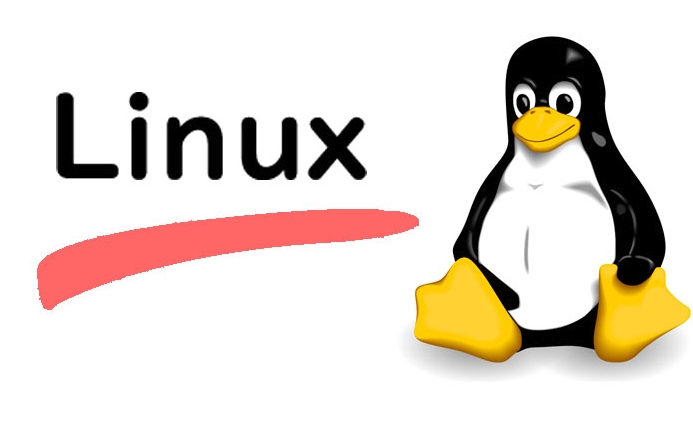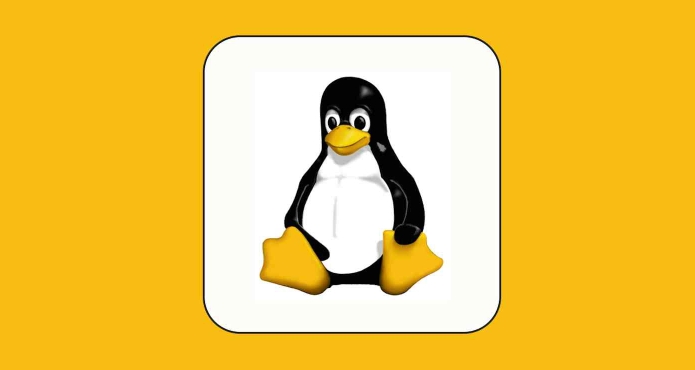The core command to switch directories in Linux is cd. The basic usage includes inputting cd plus a full path or a relative path, such as cd /home/user/Documents or cd Documents; the quick switching skills include cd ~ back to the main directory, cd - switch to the previous directory, cd .. Return to the previous directory, cd ../.. Return to the two-level directory; when the path contains spaces or special characters, it must be wrapped in quotes or escaped by backslashes, such as cd "My Files" or cd My\ Files; in addition, the Tab key can automatically complete the path, and the up and down arrows can call historical commands to reduce duplicate input.

Changing directories is quite common in Linux. Whether it is finding files, installing software or troubleshooting problems, it will be used. There is only one key command: cd , but some details are easy to be mistaken or ignored.

Basic usage: cd followed by path
The easiest thing is cd 目錄名. For example, if you want to enter /home/user/Documents , just click:

cd /home/user/Documents
You can also use relative paths. For example, if you are already under /home/user , you can directly enter:
cd Documents
This way you can get in. Pay attention to the way of writing the path, don’t type slashes incorrectly, and have the upper and lower cases.

Tips for quickly switching common directories
Linux has shortcuts for certain paths, which can save a lot of time:
-
cd ~Return to the current user's home directory -
cd -Switch back to the directory you were in the last time -
cd ..to the previous directory -
cd ../..to two levels of directory at one time
These combinations are especially suitable for use when the path is deep, without knocking the full path every time.
How to deal with paths with spaces or special characters?
If there are spaces in the directory name, such as My Files , you cannot enter directly:
cd My Files # This will report an error
Quotes or escapes:
cd "My Files" # or cd My\ Files
Other special characters such as brackets and Chinese are also handled in the same way. Remember to add backslash \ escaping.
Automatic completion and history help you type less
In actual operation, there is no need to type out all the paths. Press the Tab key and the system will automatically complete the directory name. For example, you type:
cd Docu[TAB]
It may automatically become:
cd Documents/
In addition, use the up and down arrows to look through the commands you have entered before, avoiding repeated input of long paths.
Basically all of this is the problem. The path format and permissions that are not difficult but prone to errors are the problem. If you master these points, it should be enough to switch the directory daily.
The above is the detailed content of How to change directory in Linux. For more information, please follow other related articles on the PHP Chinese website!

Hot AI Tools

Undress AI Tool
Undress images for free

Undresser.AI Undress
AI-powered app for creating realistic nude photos

AI Clothes Remover
Online AI tool for removing clothes from photos.

Clothoff.io
AI clothes remover

Video Face Swap
Swap faces in any video effortlessly with our completely free AI face swap tool!

Hot Article

Hot Tools

Notepad++7.3.1
Easy-to-use and free code editor

SublimeText3 Chinese version
Chinese version, very easy to use

Zend Studio 13.0.1
Powerful PHP integrated development environment

Dreamweaver CS6
Visual web development tools

SublimeText3 Mac version
God-level code editing software (SublimeText3)

Hot Topics
 Install LXC (Linux Containers) in RHEL, Rocky & AlmaLinux
Jul 05, 2025 am 09:25 AM
Install LXC (Linux Containers) in RHEL, Rocky & AlmaLinux
Jul 05, 2025 am 09:25 AM
LXD is described as the next-generation container and virtual machine manager that offers an immersive for Linux systems running inside containers or as virtual machines. It provides images for an inordinate number of Linux distributions with support
 7 Ways to Speed Up Firefox Browser in Linux Desktop
Jul 04, 2025 am 09:18 AM
7 Ways to Speed Up Firefox Browser in Linux Desktop
Jul 04, 2025 am 09:18 AM
Firefox browser is the default browser for most modern Linux distributions such as Ubuntu, Mint, and Fedora. Initially, its performance might be impressive, however, with the passage of time, you might notice that your browser is not as fast and resp
 How to troubleshoot DNS issues on a Linux machine?
Jul 07, 2025 am 12:35 AM
How to troubleshoot DNS issues on a Linux machine?
Jul 07, 2025 am 12:35 AM
When encountering DNS problems, first check the /etc/resolv.conf file to see if the correct nameserver is configured; secondly, you can manually add public DNS such as 8.8.8.8 for testing; then use nslookup and dig commands to verify whether DNS resolution is normal. If these tools are not installed, you can first install the dnsutils or bind-utils package; then check the systemd-resolved service status and configuration file /etc/systemd/resolved.conf, and set DNS and FallbackDNS as needed and restart the service; finally check the network interface status and firewall rules, confirm that port 53 is not
 How would you debug a server that is slow or has high memory usage?
Jul 06, 2025 am 12:02 AM
How would you debug a server that is slow or has high memory usage?
Jul 06, 2025 am 12:02 AM
If you find that the server is running slowly or the memory usage is too high, you should check the cause before operating. First, you need to check the system resource usage, use top, htop, free-h, iostat, ss-antp and other commands to check CPU, memory, disk I/O and network connections; secondly, analyze specific process problems, and track the behavior of high-occupancy processes through tools such as ps, jstack, strace; then check logs and monitoring data, view OOM records, exception requests, slow queries and other clues; finally, targeted processing is carried out based on common reasons such as memory leaks, connection pool exhaustion, cache failure storms, and timing task conflicts, optimize code logic, set up a timeout retry mechanism, add current limit fuses, and regularly pressure measurement and evaluation resources.
 Install Guacamole for Remote Linux/Windows Access in Ubuntu
Jul 08, 2025 am 09:58 AM
Install Guacamole for Remote Linux/Windows Access in Ubuntu
Jul 08, 2025 am 09:58 AM
As a system administrator, you may find yourself (today or in the future) working in an environment where Windows and Linux coexist. It is no secret that some big companies prefer (or have to) run some of their production services in Windows boxes an
 How to Burn CD/DVD in Linux Using Brasero
Jul 05, 2025 am 09:26 AM
How to Burn CD/DVD in Linux Using Brasero
Jul 05, 2025 am 09:26 AM
Frankly speaking, I cannot recall the last time I used a PC with a CD/DVD drive. This is thanks to the ever-evolving tech industry which has seen optical disks replaced by USB drives and other smaller and compact storage media that offer more storage
 How to find my private and public IP address in Linux?
Jul 09, 2025 am 12:37 AM
How to find my private and public IP address in Linux?
Jul 09, 2025 am 12:37 AM
In Linux systems, 1. Use ipa or hostname-I command to view private IP; 2. Use curlifconfig.me or curlipinfo.io/ip to obtain public IP; 3. The desktop version can view private IP through system settings, and the browser can access specific websites to view public IP; 4. Common commands can be set as aliases for quick call. These methods are simple and practical, suitable for IP viewing needs in different scenarios.
 How to Install NodeJS 14 / 16 & NPM on Rocky Linux 8
Jul 13, 2025 am 09:09 AM
How to Install NodeJS 14 / 16 & NPM on Rocky Linux 8
Jul 13, 2025 am 09:09 AM
Built on Chrome’s V8 engine, Node.JS is an open-source, event-driven JavaScript runtime environment crafted for building scalable applications and backend APIs. NodeJS is known for being lightweight and efficient due to its non-blocking I/O model and






